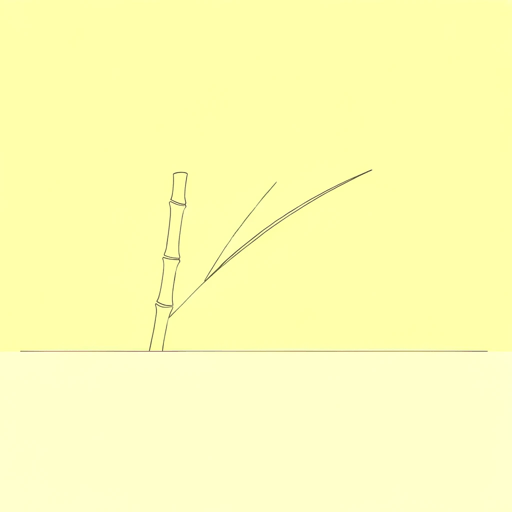70 pages • 2 hours read
Marc Aronson, Marina BudhosSugar Changed the World
Nonfiction | Book | YA | Published in 2010A modern alternative to SparkNotes and CliffsNotes, SuperSummary offers high-quality Study Guides with detailed chapter summaries and analysis of major themes, characters, and more. For select classroom titles, we also provide Teaching Guides with discussion and quiz questions to prompt student engagement.
Part 1Chapter Summaries & Analyses
Part 1 Summary: “From Magic to Spice”
The introduction to Part 1 describes Alexander the Great’s exploration of India. While exploring the Indian coast, Alexander’s friend Nearchus discovered a “sweet reed,” probably sugar cane. This “sweet reed” had also been known to the ancient Persians. Nearchus described the reeds as ones that “produce honey, although there are no bees” (10). However, the future significance of sugar cane was not appreciated by the Persians or by Alexander the Great and his contemporaries.
Sugar cane originated on the island of New Guinea. Knowledge and cultivation of it spread across East Asia, India, and Polynesia. In ancient India, early Hindu writings like the Atharva Veda show that sugar was used in religious rituals involving fire, possibly because people observed how boiling sugar cane crystalized it into clumps of sugar. Sugar was also eaten in India. The ancient Sanskrit word khanda, meaning “piece of sugar,” is the origin of the modern English word “candy.”
The use of sugar would also become known at Jundi Shapur, a sixth-century-A.D. university in what is now Iran. Jundi Shapur was a multicultural university with scholars from the Persian, Greek, Jewish, and Nestorian Christian worlds, and it also established the world’s first teaching hospital. There, shaker, as the Persians called sugar, became known as a medicine.


